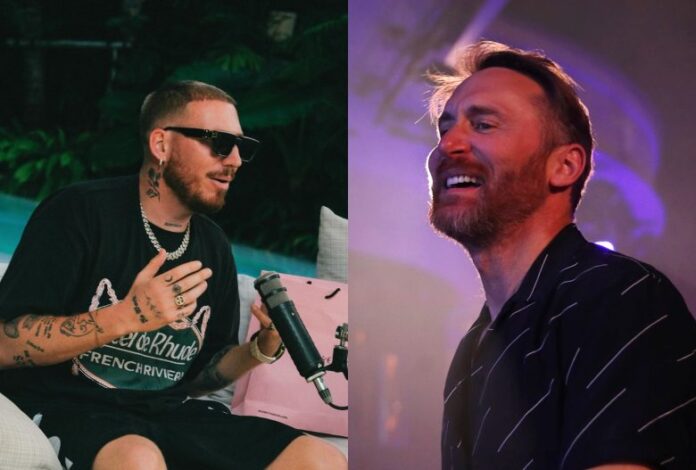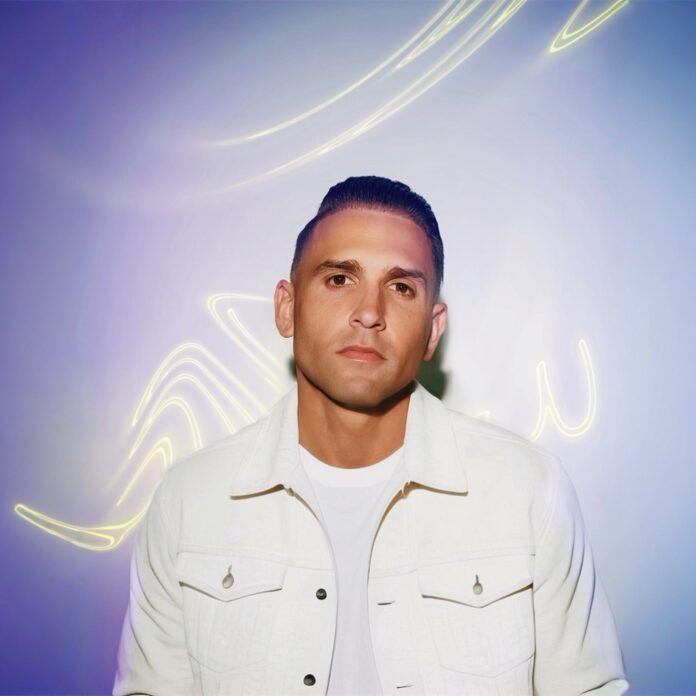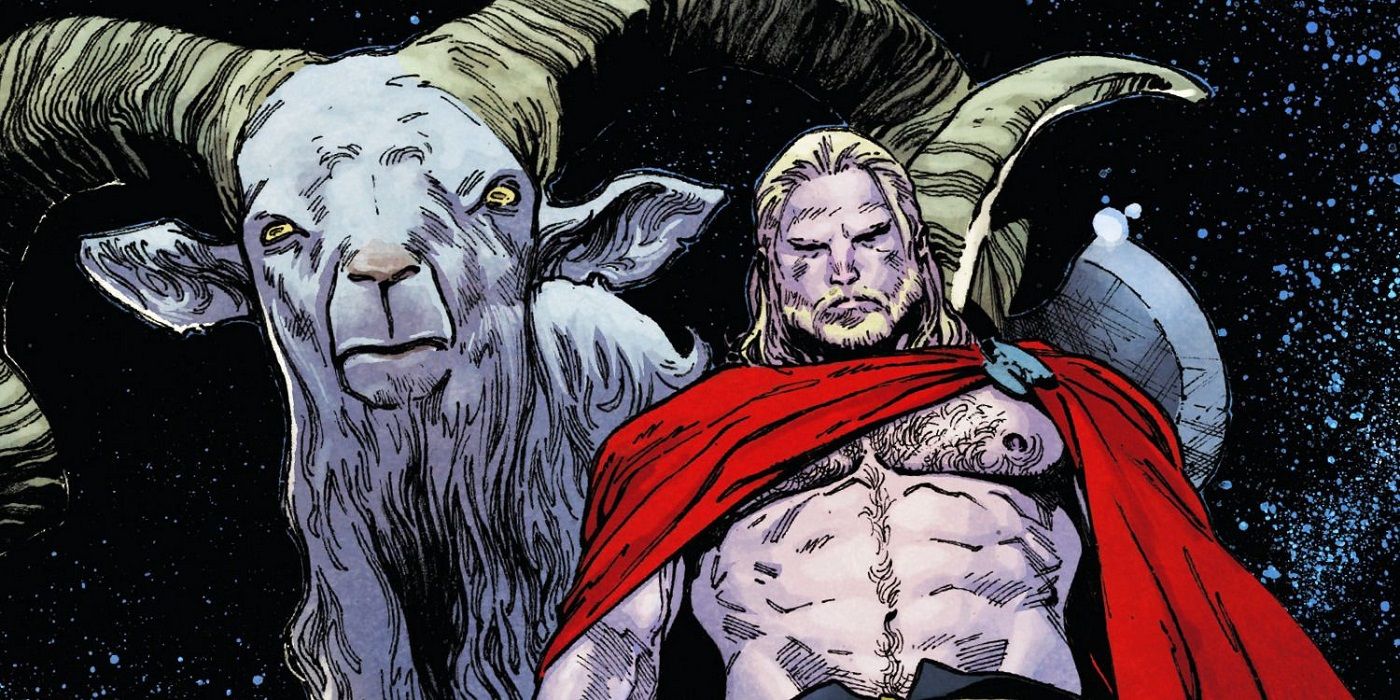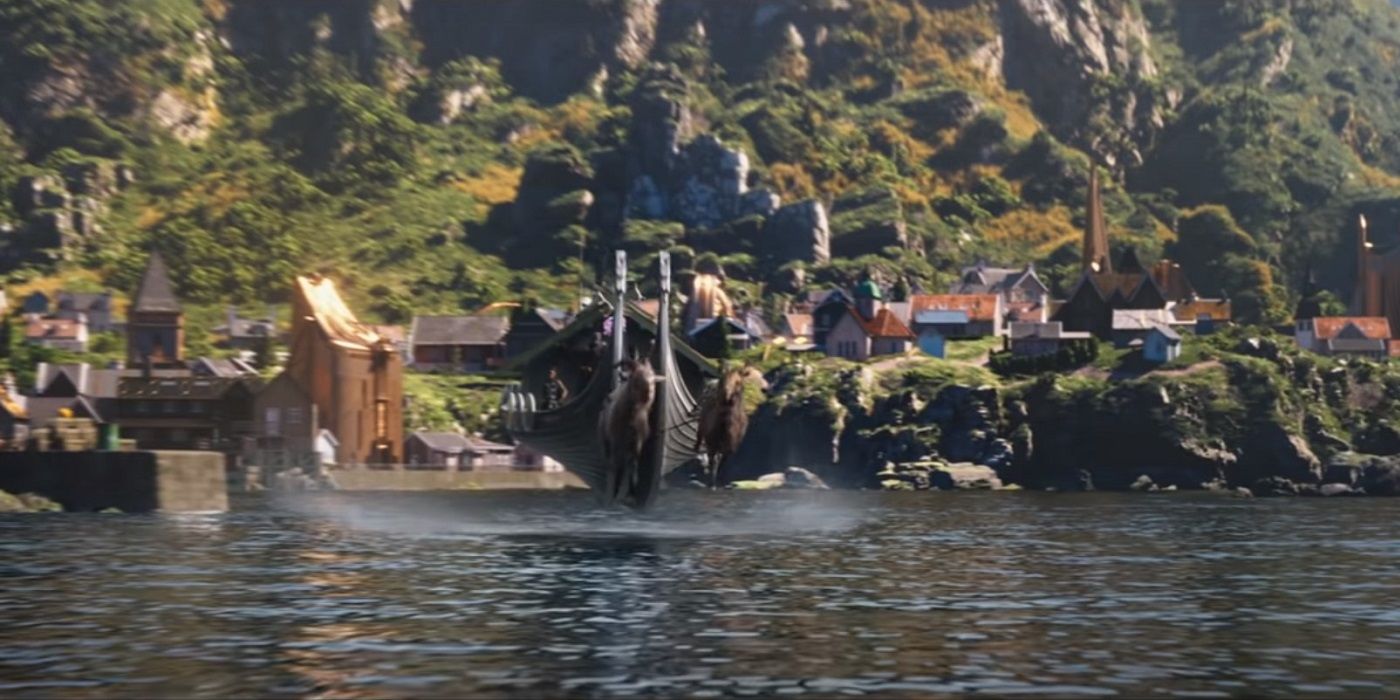Marvel’s Thor began as a way of cutting to the chase as far as mythic figures went. If superheroes were modern interpretations of classic heroes and gods, why not just put one down in the middle of it all? His introduction in 1962’s Journey into Mystery #83 focused largely on his hammer Mjolnir, but co-creators Stan Lee and Jack Kirby quickly latched onto the entirety of Norse mythology for the material. That included the likes of his brother Loki -- the central villain in the founding Avengers #1 just one year later -- as well as a separate “Tales of Asgard” section of the Journey into Mystery line beginning with issue #97.
The Marvel Cinematic Universe has adhered closely to the notion in its depiction of the Thunder God, with numerous figures from the Norse pantheon appearing anytime Thor does. As is to be expected, that entails a surprisingly deep reservoir of figures, since the old stories and folk tales always had room for a few more. That’s continued even when his adventures take a turn for the ridiculous, as they did in Thor: Ragnarok, which involved such traditional mythic notions as Hela, the queen of the underworld, and the destruction of Asgard itself. The new trailer for Thor: Love and Thunder contains a unique, and very weird, addition to their ranks.
Thor: Love and Thunder has to go deep into the bench for very good reasons. Most of Thor’s supporting casting died during the events of Ragnarok or shortly thereafter. Only Valkyrie and Lady Sif remain, along with a pair of the weirder denizens of Thor’s world. The new teaser features a brief shot of a flying Viking longship pulled by a pair of giant goats. They belong to the Thunder God, and they’re a lot more important to him than they seem.
The pair are named Tanngrisnir (Teeth-Barer) and Tanngnjóstr (Teeth-Grinder), and traditionally pull Thor’s chariot in the old myths. They can be sourced to the Poetic Edda and the Prose Edda, two collections of folklore dating back to the 13th Century. Besides their powers of transportation -- carrying Thor anywhere he may care to go, no matter the distance -- they possess a singularly ghoulish ability. If Thor needs food, he can cook and eat them, then resurrect them using his hammer along with their skins and bones.
A chariot pulled by flying goats may have been too bulky and elaborate for the superheroics of the Marvel Comics. Lee and Kirby solved the problem by having Thor rely largely on Mjolnir for travel, which he could grasp by the handle as he threw it and allowed it to pull him along. But sometimes more was needed, and 1976’s The Mighty Thor Annual #5 marked the two goats' comics debut. (Interestingly enough, that issue entails a battle between Asgard and the Greek gods, who will also appear in Love and Thunder.) Their powers were very similar to their mythic counterparts: possessing great strength, being able to travel between the Nine Realms with ease, and making a tasty dinner in the event Thor needed one: regenerating afterward provided their skin and bones were left intact.
How much of that remains in Love and Thunder remains to be seen, but considering the offbeat humor of director Taika Waititi, anything is possible. The pair appear in the trailer pulling a flying boat over New Asgard, which has been officially dubbed in early product tie-ins as “The Goat Boat.” The Funko Pop figurine and Lego toy versions of the vehicle both feature the goats, as well as the words “Asgardian Tours” written on the side of the ship. It suggests that New Asgard has adopted tourism as an industry and Thor is making expeditious use of it.
Whatever the reason, their presence indicates that Love and Thunder hasn’t lost the tongue-in-cheek approach evinced in Ragnarok. The presence of such odd, slightly absurd figures not only in Marvel canon but mythic lore as well might have been too much for Waititi to resist. And if their origins hold true, fans might just get to see their ghoulish dinner trick as well.
Thor: Love and Thunder, goats and all, hits theaters on July 8.




